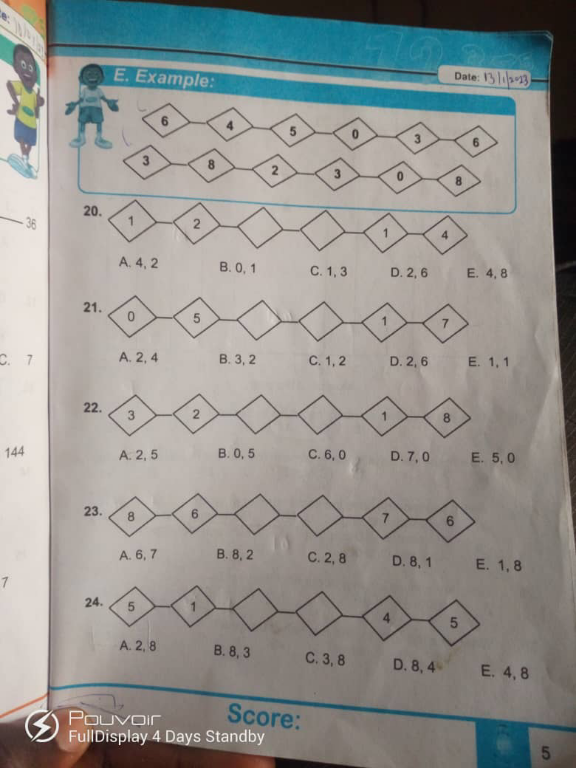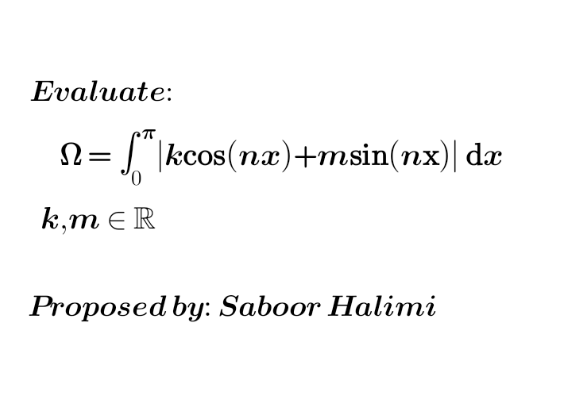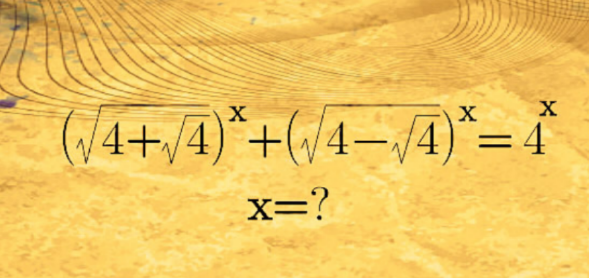
AllQuestion and Answers: Page 366
Question Number 185054 Answers: 1 Comments: 0
Question Number 185053 Answers: 1 Comments: 0

Question Number 185052 Answers: 0 Comments: 3

Question Number 185042 Answers: 0 Comments: 0
Question Number 185038 Answers: 1 Comments: 0
Question Number 185036 Answers: 1 Comments: 0
Question Number 185030 Answers: 1 Comments: 1

Question Number 185024 Answers: 1 Comments: 0
Question Number 185023 Answers: 1 Comments: 0
Question Number 185014 Answers: 1 Comments: 1
Question Number 185013 Answers: 4 Comments: 3

Question Number 185012 Answers: 0 Comments: 2
Question Number 185011 Answers: 0 Comments: 0

Question Number 185010 Answers: 0 Comments: 0

Question Number 185009 Answers: 0 Comments: 0

Question Number 185008 Answers: 1 Comments: 0

Question Number 184994 Answers: 0 Comments: 1
Question Number 184992 Answers: 1 Comments: 0
Question Number 185000 Answers: 0 Comments: 0
Question Number 184989 Answers: 1 Comments: 0
$$\mathrm{2}^{\mathrm{x}} =\mathrm{4x} \\ $$$$\mathrm{x}=? \\ $$$$\mathrm{solution}??? \\ $$
Question Number 184988 Answers: 1 Comments: 0

Question Number 185116 Answers: 1 Comments: 0

Question Number 184980 Answers: 2 Comments: 0
Question Number 184969 Answers: 1 Comments: 2
Question Number 184960 Answers: 2 Comments: 0

Question Number 184959 Answers: 2 Comments: 0

Pg 361 Pg 362 Pg 363 Pg 364 Pg 365 Pg 366 Pg 367 Pg 368 Pg 369 Pg 370
